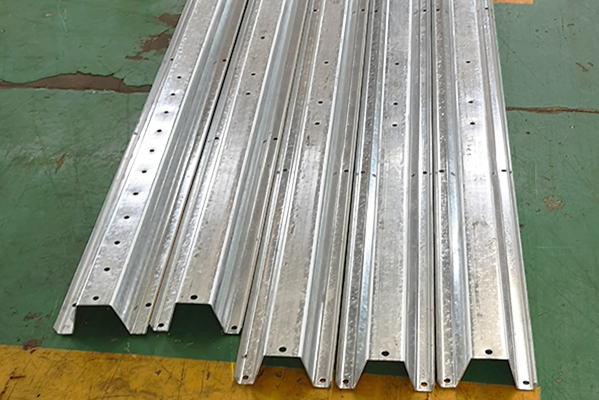Navigation Menu
Contact Us
- Email:
- info@wxavatar.com
- Address:
- Yurong Village, Yuqi Street, Huishan District, Wuxi, China.
Release Date:Jul 04, 2025 Visit:28 Source:Roll Forming Machine Factory
Post-harvest losses present a significant challenge in global food supply chains, with grains being particularly vulnerable to spoilage after harvesting. Proper grain storage systems offer practical solutions to preserve crop quality and quantity between harvest and consumption. This article examines how modern storage technologies contribute to reducing losses while maintaining grain viability.

Understanding Post-Harvest Grain Losses
Grains can deteriorate through multiple pathways after harvest. Insect infestation affects stored crops when pests penetrate storage facilities. Moisture accumulation leads to mold growth and mycotoxin contamination in humid conditions. Rodents and other animals consume unprotected grain stores. Temperature fluctuations cause condensation and moisture migration within grain masses. Traditional storage methods often fail to address these issues adequately, resulting in measurable losses.
Key Features of Effective Grain Storage Systems
Modern storage solutions incorporate several protective elements:
1.Airtight containers prevent insect entry and limit oxygen availability for pests
2.Moisture control systems maintain optimal humidity levels to inhibit mold
3.Temperature monitoring helps prevent heat buildup that accelerates spoilage
4.Pest-resistant materials deter rodents and insects from penetrating storage walls
5.Proper sanitation protocols eliminate residual pests between storage cycles
Types of Grain Storage Systems
Various storage options suit different scales and requirements:
Hermetic storage (sealed bags or containers) creates oxygen-depleted environments
Silos provide large-scale storage with climate control capabilities
Flat storage warehouses offer flexibility for bulk grain quantities
Bag storage works for smaller quantities with proper ventilation
Underground pits maintain stable temperatures in suitable climates
Each system presents advantages depending on local conditions, grain type, and storage duration.
Benefits of Improved Storage Methods
Implementing appropriate grain storage systems yields measurable improvements:
Extended shelf life for harvested crops
Maintained nutritional quality of stored grains
Reduced physical losses from pests and spoilage
Better preservation of germination capacity for seed grain
Improved economic returns for farmers through quality preservation
More stable food supplies throughout seasonal variations
Implementation Considerations
Successful storage system adoption requires attention to several factors:
Grain condition at storage entry (moisture content, cleanliness)
Local climate conditions (humidity, temperature ranges)
Storage duration requirements (short-term vs. long-term)
Available infrastructure and handling systems
Monitoring capabilities for stored grain conditions
Cost-benefit analysis of different storage options
Proper training in storage management techniques enhances the effectiveness of any system.
Technological Advancements in Grain Storage
Recent developments continue to improve storage outcomes:
Automated climate control systems adjust conditions in real-time
Remote monitoring allows tracking of grain conditions from any location
Improved sealing technologies enhance hermetic storage effectiveness
Advanced materials provide better insulation and pest resistance
Smart sensors detect early signs of spoilage or infestation
These innovations help farmers and storage operators maintain grain quality with greater precision.
Economic Impact of Reduced Losses
Minimizing post-harvest losses through proper storage creates financial benefits across the supply chain. Farmers realize higher returns from preserved crop quality and quantity. Processors receive better raw materials with fewer contaminants. Consumers benefit from more stable prices and consistent product availability. The cumulative effect supports more efficient food systems and resource utilization.

Conclusion
Appropriate grain storage systems serve as essential tools in addressing post-harvest losses. By controlling environmental factors and preventing common causes of spoilage, these technologies help maintain grain quality from field to market. Continued development and adoption of storage solutions contribute to more sustainable food systems without compromising productivity or economic viability. The selection of storage methods should consider local conditions and specific needs to achieve optimal preservation results.